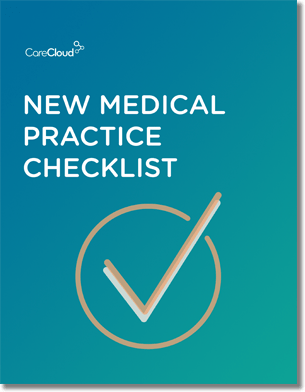Your practice may either have trouble collecting and compiling actionable information, or it could be buried under mountains of data. How do you resolve the issue?
Sure, you’ve been told repeatedly to choose an analytics system that will help you more effectively utilize valuable reports and resources to increase profits, improve efficiency and enhance the patient experience. The issue is often settling on a system.
This is the second of Power Your Practice’s ten-step plan on improving profitability and patient experience through data-driven decision-making. Our series will help your practice set up a plan to implement effective analytics solutions by elaborating on strategies to improve efficiency, increase profitability and enhance the patient experience.
How To Choose a System for Reporting
Data is one of the most powerful tools available to your practice for improving patient outcomes, efficiency, and profitability. Your practice should select a reporting and analytics solution that is part of a comprehensive practice management system. It will make it easier to utilize important data that will help define KPIs and develop action plans for improvement.
A recent report from healthcare research firm KLAS titled Business Intelligence: Making Cents of Performance, outlines the necessities and helpful features of business intelligence systems for providers searching for — and currently using — analytics tools. This is the list of business intelligence system essentials for healthcare organizations:
- Quick implementation
- Easy-to-use interface
- Customizable to suit unique organizational needs
- Ability to develop personalized dashboards for users
- Flexibility to accommodate other parties like pharmacies, health plans, government entities, financial institutions, etc.
Usability may be the most crucial element of an effective analytics system because your team will not use a tool that makes their jobs more difficult.
Choosing a system that accommodates your workflow and adds to your organization’s efficiency is a vital step toward integrating analytics into your day-to-day business without adding more work for your staff. A superior user experience is what separates innovative devices like the iPad from short-lived technologies that lack the same focus on functionality.
Other important factors for healthcare organizations to consider when choosing a business intelligence system are initial expenditure, ongoing cost, quality of service, and level of support, according to the report. Your reporting should simplify decision-making, not complicate the process and overwhelm you with data.
“Using BI [business intelligence] to make key decisions is just the beginning; providers need their analytics tools to help them perform predictive analysis with a reasonable level of confidence, basing multi-billion-dollar decisions based on more concrete and reliable data points,” determined the KLAS report.
The most useful analytics systems should fully integrate into every aspect of your practice — from scheduling to billing to electronic health records — to give you the most complete view of your practice and patients possible.
Next week, we’ll go over how to maximize your analytics system for all staff members en route to creating a comprehensive practice management system.

Do you know what you need when setting up a new medical practice?



